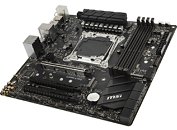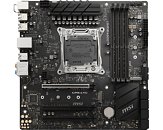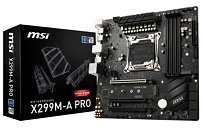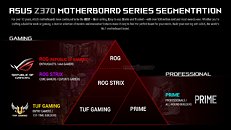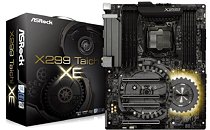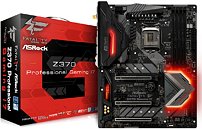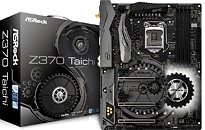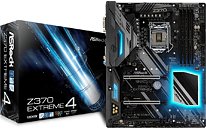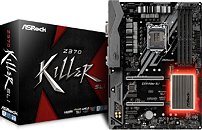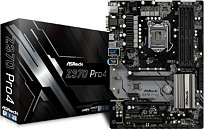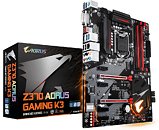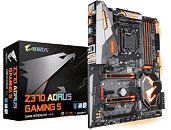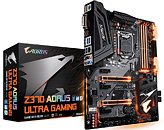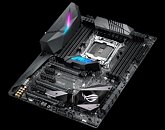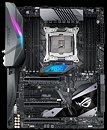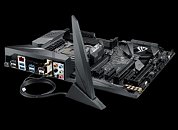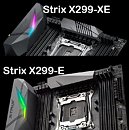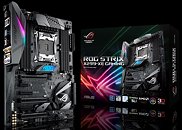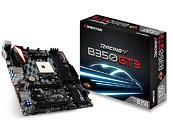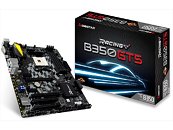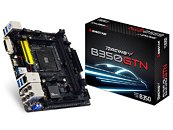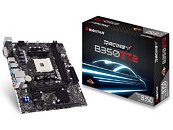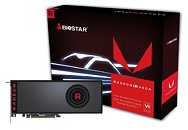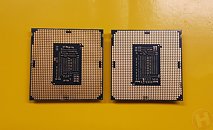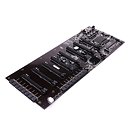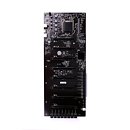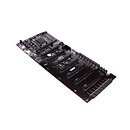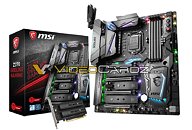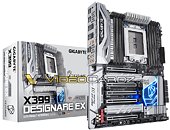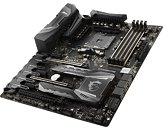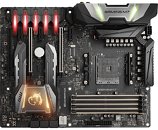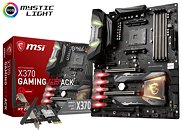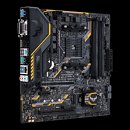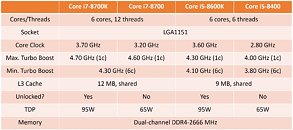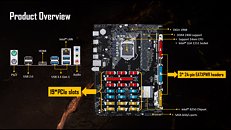
MSI Intros X299M-A Pro Micro-ATX Motherboard
MSI today introduced the X299M-A Pro, a socket LGA2066 motherboard in the micro-ATX form-factor, its second micro-ATX board for the platform after the X299M Gaming Pro Carbon. The X299M-A Pro sticks to the "no frills" design of products such as the X299 Raider and X299 SLI Plus. Unlike the X299M Gaming Pro Carbon, this board is designed for two processor models only - the Core i5-7640X, and the i7-7740X. The board physically lacks DDR4 memory slots for channels 3 and 4, and makes do with the limited PCIe lane budget of the "Kaby Lake-X" processors. This is similar to the Aorus X299 Gaming.
Built in the micro-ATX form-factor, the MSI X299M-A Pro draws power from a combination of 24-pin ATX, 8-pin EPS, and 6-pin PCIe (optional). It uses a 9-phase CPU VRM to condition power for the 112W TDP chips. The CPU socket is wired to four DDR4 DIMM slots, supporting up to 64 GB of dual-channel memory; and two PCI-Express 3.0 x16 (x8/x8 with both populated). The third x16 slot is electrical x4, and wired to the X299 PCH. Storage connectivity includes two 32 Gbps M.2 slots, and eight SATA 6 Gbps ports. USB connectivity includes two 10 Gbps USB 3.1 ports (including a type-C port). The onboard audio solution combines a Realtek ALC1220 CODEC with audio-grade capacitors and ground-layer isolation. The board's sole gigabit Ethernet interface is driven by an Intel i219-V controller. The board is expected to be priced around USD $170.
Built in the micro-ATX form-factor, the MSI X299M-A Pro draws power from a combination of 24-pin ATX, 8-pin EPS, and 6-pin PCIe (optional). It uses a 9-phase CPU VRM to condition power for the 112W TDP chips. The CPU socket is wired to four DDR4 DIMM slots, supporting up to 64 GB of dual-channel memory; and two PCI-Express 3.0 x16 (x8/x8 with both populated). The third x16 slot is electrical x4, and wired to the X299 PCH. Storage connectivity includes two 32 Gbps M.2 slots, and eight SATA 6 Gbps ports. USB connectivity includes two 10 Gbps USB 3.1 ports (including a type-C port). The onboard audio solution combines a Realtek ALC1220 CODEC with audio-grade capacitors and ground-layer isolation. The board's sole gigabit Ethernet interface is driven by an Intel i219-V controller. The board is expected to be priced around USD $170.
